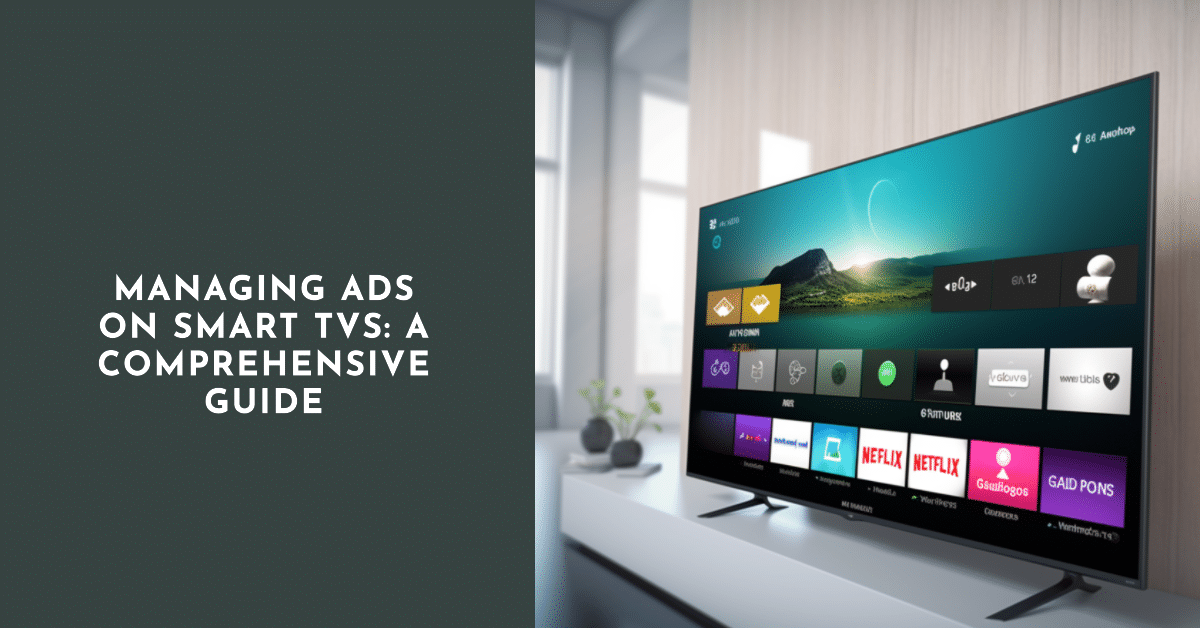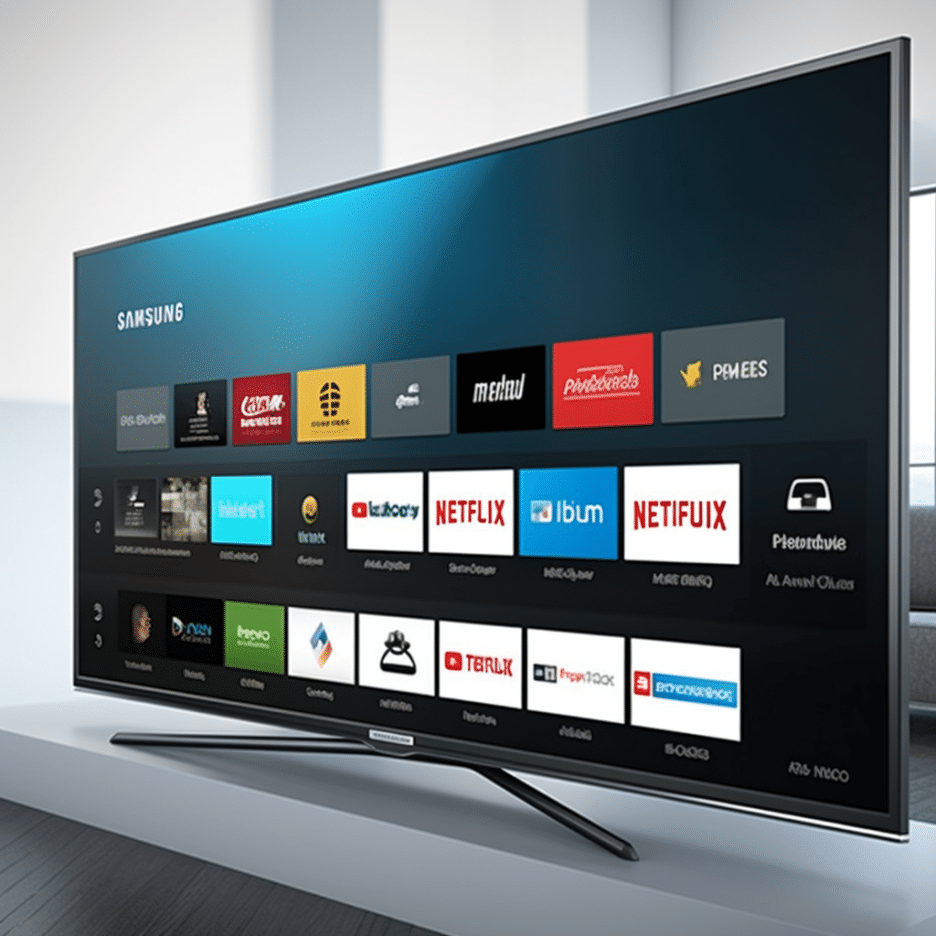
The explosion of Smart TVs has changed how we consume content. Despite the convenience, these devices bring, they also serve as platforms for targeted advertising. This article will delve into the issue, focusing on how to manage ads on Google TV and Android TV.

The Evolution of Ads on Smart TVs
Initially, Smart TVs, especially those running on Android TV and Google TV, focused on ads relevant to users’ streaming preferences. However, reports from 2023 suggest a shift in this pattern, with ads diversifying into product promotion irrelevant to viewers’ interests.
Google introduced ads on Android TV home screens in 2020, promising they would mainly feature cinematic teasers for popular shows and movies. They would either be Google-curated or from sponsored media partners. Unfortunately, the incorporation of real-world products in their advertising palette has seen a negative reception.
The Impact of Intrusive Ads
Ads for cars or nearby shops not only take up screen space but also detract from the viewing experience. This practice mirrors traditional TV’s unwanted ads, a remnant of the past most viewers hoped to leave behind with the advent of Smart TVs.
Ways to Block Ads on Your Smart TV
Although completely getting rid of ads is nearly impossible, some techniques can help manage them. Note, however, that some technical skills might be necessary for these procedures.
Disable Personalized Ads
The easiest way to manage ads on your Smart TV is by disabling personalized ads. This process is straightforward and involves changing the settings on your Google account.
- Navigate to the Google account associated with your Smart TV.
- Go to the privacy settings.
- Turn off ad personalization.
This method does not eradicate ads but limits their personalization. It means you will still encounter ads, but they might be less relevant and hence potentially less bothersome.
Change your DNS Server Settings
Changing your default DNS server to an ad-blocking DNS server can help reduce the amount of ad traffic reaching your Smart TV.
- Navigate to the network settings on your TV.
- Find the DNS settings.
- Change the default DNS to an ad-blocking one (for example, AdGuard DNS).
Similarly, you can adjust your router’s DNS settings to extend this ad-blocking feature to your entire Wi-Fi network. However, this option requires more technical skills as you must access your router’s web interface, requiring its IP address, login, and password.
Install an Ad-blocking App
If your Smart TV allows you to install apps from the Google Play Store, consider installing an ad-blocking app. Their effectiveness may be limited, depending on the range of apps supported by your Smart TV.
Use a VPN or Proxy Server
Another way to manage ads is by using VPN or Proxy servers with built-in ad-blocking features. Note, however, that VPNs can slow down your internet speed.

Manually Block Ad Domains
For those with advanced technical skills, you can manually block ad domains on your router’s settings. This action involves creating a filter or blacklist and adding ad domains one by one.
| Methods | Skills Required | Effectiveness |
|---|---|---|
| Disable Personalized Ads | Low | Low |
| Change DNS Server | Medium | Medium |
| Install Ad-blocking App | Low | Medium |
| Use VPN/Proxy Server | Low | Medium |
| Block Ad Domains | High | High |
Conclusion
Though entirely blocking ads on Smart TVs remains challenging, the steps above offer several ways to manage the intrusiveness of ads. With the right settings adjustments and some technical tweaks, you can significantly enhance your Smart TV viewing experience.





